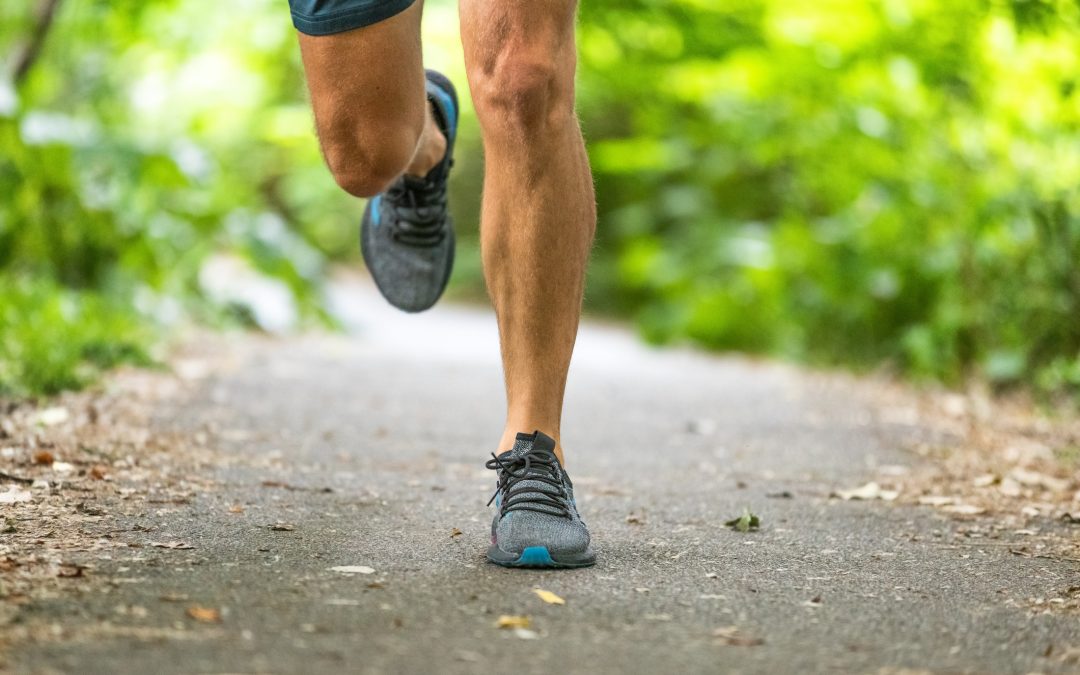Shin splints refers to sharp pain down the inside edge of the shin bone or tibia. This is pain is a result of the inflammation of the muscles, tendons and bone tissue around the tibia caused by overworked muscles and repetitive physical activity.
What Factors Contribute to Shin Splints?
Shin splint may be the result of the following;
- Sudden increase in exercise, the duration or the intensity of that exercise
- Poor biomechanics such as flat feet or high arches
- Exercising with ill-fitted footwear
Runners, Sports People, Dancers and Military Recruits are at highest risk for developing shin splints due to the nature of their activities.
Symptoms of Shin Splints
The most common symptom of shin splints is isolated pain along the shin bone. It can be accompanied by mild swelling and the pain felt may be a sharp, razer-like pain or a dull, throbbing pain. It can occur during or after exercise and the area is painful when touched.
How is it Diagnosed and Treated?
Your Podiatrist will examine your lower leg to ensure an accurate diagnosis. Sometimes, they may take x-rays to rule out stress fractures, tendinitis and chronic compartment syndrome, which have similar symptoms.
Treatment of shin splints could include;
- Biomechanical Assessment from your Podiatrist
- Orthotic Therapy
- Footwear Advice
- Strapping
- Tailored Exercise Regime of Stretching and Strengthening
- CAM Walker
Return to exercise as per your Podiatrist advice and if you start to feel the same pain, stop immediately.
If you have any of the symptoms mentioned in this article, seek advice from your Podiatrist to avoid further injuries. For more information on Shin Splints, feel free to contact Moreland Podiatry (03) 9383 6633 or book an appointment online today.


Recent Comments